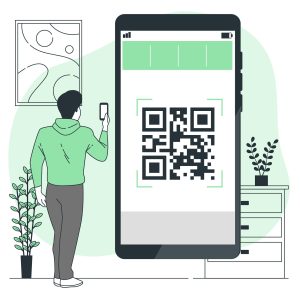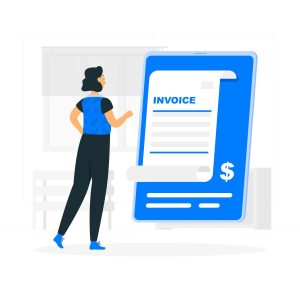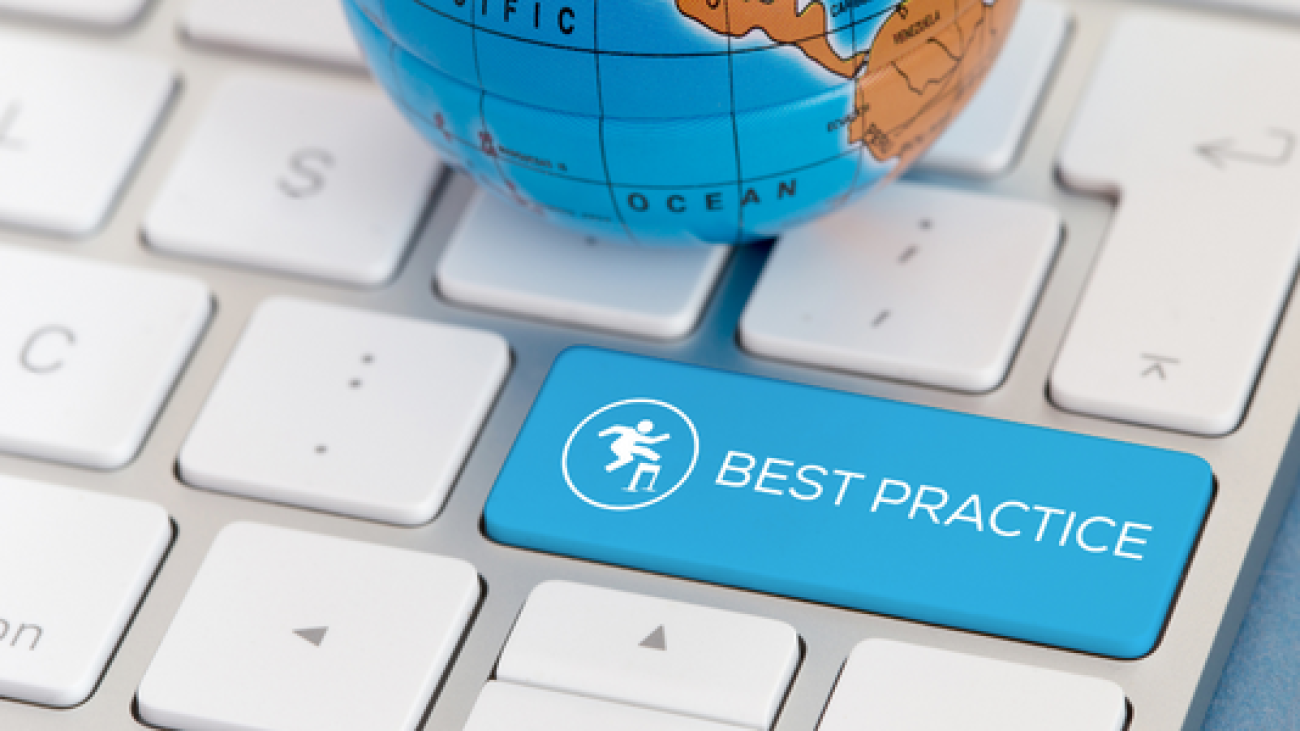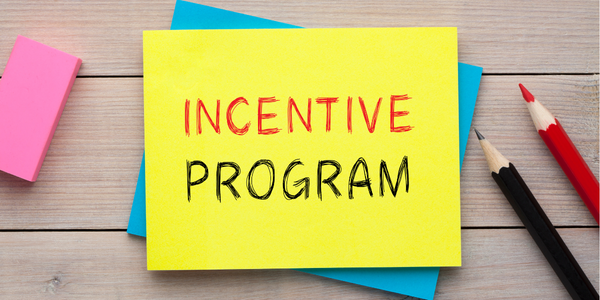Personalized Certificates - Elevating Sales Gamification for Maximum Impact

In channel incentive programs, claims hold a pivotal role in ensuring smooth transactions between parties involved. Let’s delve into the nuances of claims, examining the reasons behind their implementation, the choice between QR codes and invoice uploads, and the associated advantages and disadvantages.
Why Claims?
Including claims in channel incentive programs serves a fundamental purpose: maintain transparency and accountability. By necessitating a formal claim process, organizations seek to validate transactions and ensure that incentives are distributed accurately. This not only fosters trust among stakeholders but also acts as a safeguard against potential discrepancies.
Claims and Invoice Uploads Reshaping Data Dynamics in FMCG
Disrupting Data Silos:
The traditional FMCG model operates within tight data silos, primarily focusing on distributor sales.
My Incentives disrupts this norm, demanding detailed claims and invoice uploads, opening doors to previously unexplored data realms.
Secondary and tertiary data, encompassing retailers and influencers such as carpenters, mechanics, and electricians, now take center stage.
Strategic Data Empowerment:
Claims and invoice uploads serve as strategic data sources, offering nuanced insights that extend beyond conventional metrics.
Brands gain a panoramic view of market dynamics, uncovering regional intricacies and understanding how incentives resonate across diverse supply chain segments.
This depth of data empowerment positions organizations to make informed, strategic decisions.
Transforming Data Relationships:
Beyond transactional exchanges, claims and invoice uploads redefine the relationships with stakeholders.
The platform becomes a nexus for comprehensive data connections, linking the brand not just to distributors but also to retailers and influencers.
Collaborative partnerships emerge, driven by the exchange of valuable data and fostering a new era of data-centric engagement.
QR Code vs Invoice Upload
One of the critical decisions in designing a claims system is choosing the method for submission – QR codes or invoice uploads. The choice between these two methods hinges on practical considerations.

QR Code:
Advantages:
– Efficiency: Quick and convenient, QR codes streamline the claims process, allowing for a faster turnaround.
– Reduced Errors: The automated nature of QR code scanning minimizes the risk of manual errors during data entry.
– Disadvantages:
– Limited Information: QR codes may lack detailed information, necessitating additional verification steps.
– Dependency on Technology: Successful implementation relies on widespread access to QR code scanning technology.

Invoice Upload:
– Advantages:
– Comprehensive Information: Invoice uploads provide a detailed record, facilitating thorough validation.
– Flexibility: Suited for a wide range of transactions, especially those requiring supporting documentation.
– Disadvantages:
– Time-Consuming: Manual processing of uploaded invoices may result in longer processing times.
– Potential for Errors: Human errors during document submission can occur, necessitating careful scrutiny.
Benefits of having a robust claims program
Implementing a robust claims system in channel incentives programs brings forth several advantages:
– Accuracy: Claims processes enhance accuracy by requiring validation and verification steps, reducing the likelihood of errors in incentive distribution.
– Trust and Transparency: Stakeholders place trust in programs with transparent claims processes, fostering stronger relationships between channel partners and organizations.
– Data Insights: A well-structured claims system provides valuable data insights, enabling organizations to analyze trends, optimize processes, and make informed decisions.
Disadvantages
However, it’s essential to acknowledge the potential drawbacks:
– Operational Delays: Depending on the chosen method, claims processing may introduce operational delays, impacting the speed of incentive distribution.
– Resource Intensity: Managing claims can be resource-intensive, requiring dedicated personnel and systems to ensure accuracy and fairness.
Recent Technology Evolution
In recent years, technological advancements have influenced the landscape of claims in channel incentive programs. The integration of artificial intelligence (AI) and machine learning (ML) has streamlined the validation process, reducing the need for manual intervention. Automation tools now play a pivotal role in expediting claims processing while maintaining accuracy.
The Role of OCR Technology
OCR technology involves the conversion of different types of documents, such as invoices, into editable and searchable data. This capability brings about several advantages in the context of claims within channel incentive programs.
– Enhanced Data Extraction: OCR technology excels in extracting data from various document formats, transforming images or scanned documents into machine-readable text. This capability is particularly valuable in the context of invoice uploads, where detailed information is crucial for validation.
– Reduced Manual Intervention: By automating the extraction of information from invoices, OCR minimizes the need for manual data entry. This not only expedites the claims processing workflow but also significantly reduces the risk of human errors.
– Adaptability to Diverse Formats: OCR technology is versatile, capable of handling a wide array of document formats and layouts. This adaptability ensures that the claims system remains flexible, accommodating the diverse documentation submitted by channel partners.
Integration with Claims Systems:
The integration of OCR technology with existing claims systems can yield substantial benefits, amplifying the overall effectiveness of incentive programs.
– Streamlined Validation: OCR technology contributes to a streamlined validation process by rapidly processing large volumes of documents. This accelerates the overall claims processing time, contributing to quicker incentive distribution.
– Data Accuracy: Automated data extraction through OCR reduces the chances of inaccuracies introduced during manual data entry. The result is a more accurate and reliable claims system.
– Resource Optimization: With OCR handling the heavy lifting of data extraction, human resources can be directed towards more strategic tasks, optimizing the overall efficiency of the claims management team.
Considerations and Implementation:
While OCR technology brings notable advantages, organizations must consider certain factors before implementation.
– Quality of Documents: The effectiveness of OCR is contingent on the quality of the submitted documents. Well-scanned and legible documents ensure optimal performance.
– Data Security: Implementing OCR requires robust security measures to safeguard sensitive information contained in invoices. Ensuring compliance with data protection regulations is paramount.
Incorporating OCR technology into the claims process reflects a commitment to leveraging advancements for the benefit of all stakeholders. As organizations continue to explore innovative solutions, OCR stands out as a pivotal technology that not only expedites processes but also contributes to the overall reliability and accuracy of channel incentive programs.
















